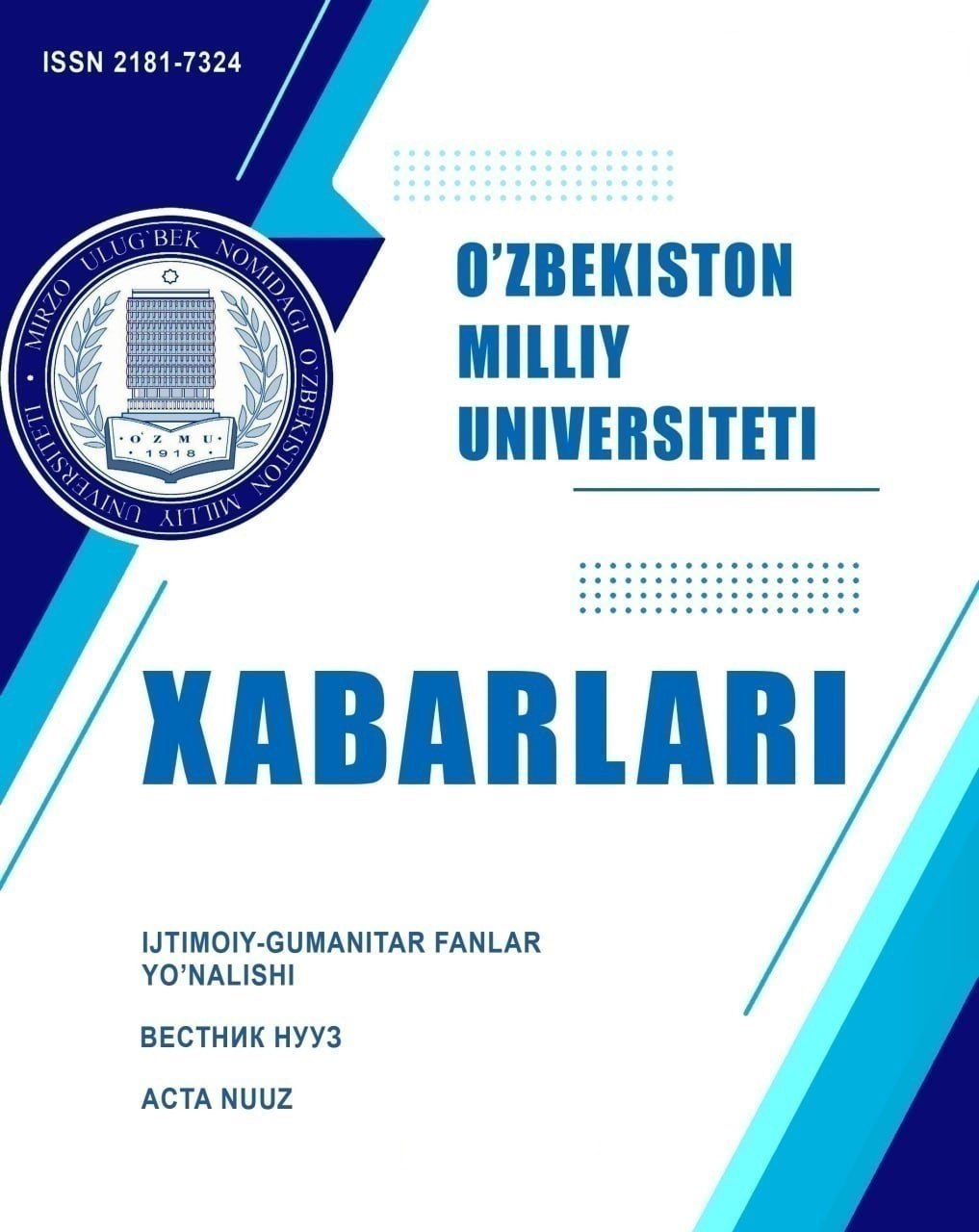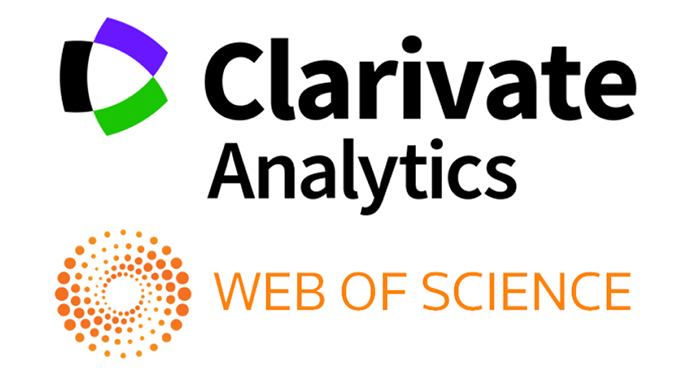MODERN METHODS FOR DEVELOPING CREATIVE COMMUNICATIVE COMPETENCIES IN 10TH-11TH GRADE STUDENTS
Abstract
This article looks at contemporary strategies for helping students in the 10th and 11th grades strengthen their creative communication skills. The need for innovation in education and the speed at which technology is developing have made it imperative to cultivate these skills. The article delves into the theoretical underpinnings of creative communication and examines various pedagogical approaches, including technological integration, project-based learning, and collaborative learning. This study reviews the advantages for student development and offers doable solutions for putting these ideas into practice in the classroom. According to the research, contemporary methods greatly improve students' creative and communication abilities, setting them up for success in the classroom and in the workplace in the future.
References
Boud, D., & Feletti, G. (1997). The challenge of problem-based learning (2nd ed.)
Dillenbourg, P. (1999). What do you mean by collaborative learning? In P. Dillenbourg (Ed.), Collaborative learning: Cognitive and computational approaches . Oxford: Elsevier.
Gee, J. P. (2003). What video games have to teach us about learning and literacy. Palgrave Macmilla
Hmelo-Silver, C. E. (2004). Problem-based learning: What and how do students learn? Educational Psychology Review, 16(3), 235-266. https://doi.org/10.1023/B:EDPR.0000034022.16470.f3
Jonassen, D. H., Peck, K. L., & Wilson, B. G. (1999). Learning with technology: A constructivist perspective. Merrill/Prentice Hall.
Mishra, P., & Koehler, M. J. (2006). Technological pedagogical content knowledge: A framework for teacher knowledge. Teachers College Record, 108(6), 1017-1054.
https://doi.org/10.1111/j.1467-9620.2006.00684.x
Vygotsky, L. S. (1978). Mind in society: The development of higher psychological processes. Harvard University Press.
Copyright (c) 2024 News of the NUUz

This work is licensed under a Creative Commons Attribution-NonCommercial-ShareAlike 4.0 International License.


.jpg)

1.png)







